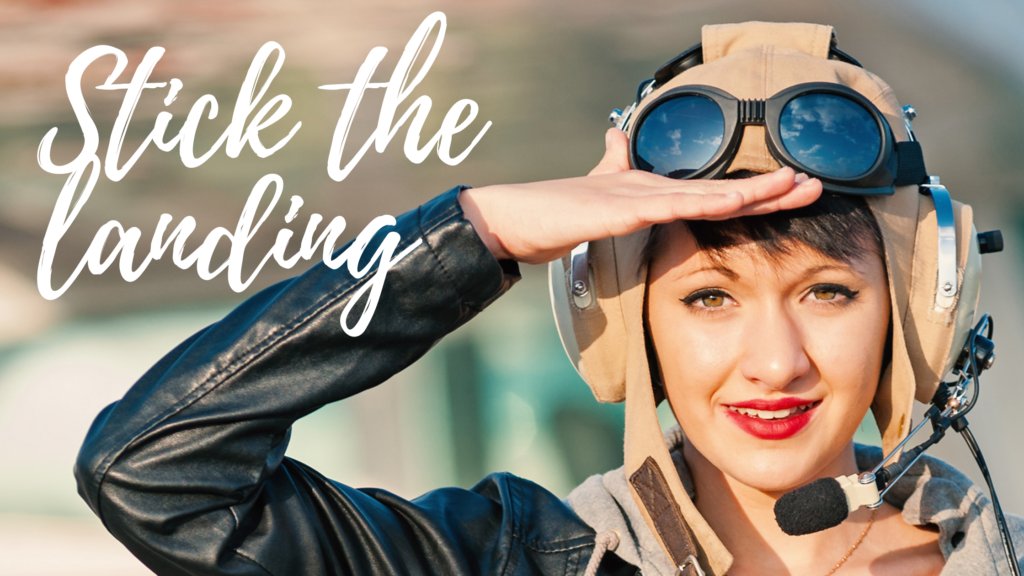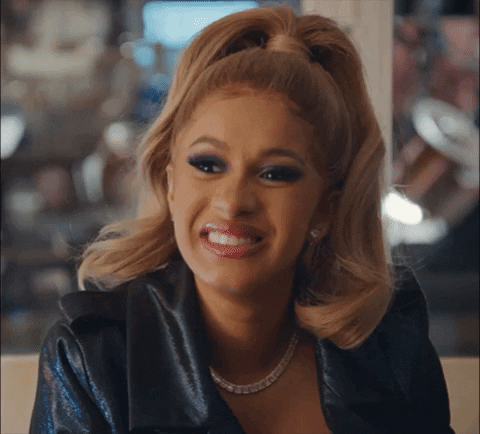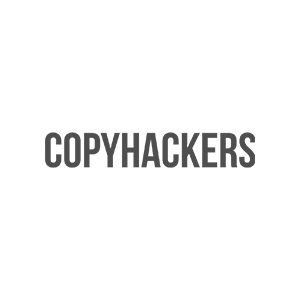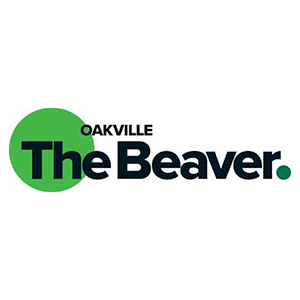
Let’s talk about e-commerce landing pages. Specifically, landing pages for paid traffic.
Because if you’re like most e-commerce brands, you depend on profitable ad campaigns.
You have your Google ad strategy…
Your social ad strategy…
Your scroll-stopping, click-capturing ad creative.
But what happens after the click? Where do you send that paid traffic after you’ve caught their attention with your ad?
Most e-commerce brands send paid traffic to a product detail page, a category page, or even a homepage.
But you’re not “most brands”.
You know that e-commerce ad campaigns need dedicated landing pages
Because it’s clear:
When you send (anything but high-intent or very warm) paid traffic to just any old e-commerce landing page, you lose money.
Your conversion rates tank. And your cost per click gets out of control.
In his workweek.com newsletter, DTC expert Nik Sharma says:
“Not using a landing page is like putting your car in reverse and backing up without using the backup camera that’s right there. You can… but why wouldn’t you use it? It makes backing up so much easier, gives you fewer chances for something to go wrong, and in today’s day and age, it’s a staple when you get out of the garage. Similarly, if you’re running paid traffic for customer acquisition without a good landing page… sure, you can… but why wouldn’t you use a landing page?”
To get a healthy ROAS, you absolutely should be creating specific landing pages for specific ad campaigns.
Especially for your cold traffic (your prospecting campaigns). Definitely for higher-priced and more complex products. And 100% for those times when the pages you already have just won’t match the search intent. (“Your brand vs. competitor” searches are a prime example.)
But how do you create pages that both convert and lower your customer acquisition cost?
Stick around to find out.
In this post, I’ll focus first on what makes e-commerce landing pages convert.
Because when you create pages with conversion in mind, you often see a corresponding drop in cost per click.
That’s because high-converting pages tend to be more engaging and immersive, with a better user experience… Which is exactly what Google and Facebook want for their users. So, when you deliver a great user experience on your landing page, you might find your Google ads quality score ticks up, Facebook tags your ads as highly relevant, and your ad costs go down.
Sound good? Great.
Now, there are many different types of landing pages, so before we begin, let’s get clear on the type of page we’re talking about here.
What Type of E-commerce Landing Page Do You Need?
A landing page is simply any page that your visitor lands on.
Here, we’ll focus on e-commerce landing pages from paid ads. These are almost invariably sales pages.
Most e-commerce advertisers go straight for the sale and have very simple two-step funnels: 1) ad campaign, 2) product sales pages.
However, you can get slightly fancier by using an ad campaign to build your email list first, so you can sell by email.
If the goal of your ad campaign is to capture emails, you need a landing page to “sell” your lead magnet.
In this post, however, we’ll focus on e-commerce landing pages designed to sell products to visitors from paid traffic.
What Makes an E-Commerce Landing Page Perfect for Paid Traffic?
So. Many. Things.
There are dozens of factors that determine how well a landing page converts leads into buyers.
Here, I’ll distill the key criteria based on what I’ve learned from:
- 10x Landing Pages by Copyhackers (5-star, incredible course)
- 10x Facebook Ads (a fab resource for understanding social media ad funnels)
- Working with MECLABS on optimizing a client’s landing pages to convert
- Crafting high-converting landing pages for a wide range of e-commerce clients
For the sake of simplicity, we’ll stick to just 12 rules. Follow these to create e-commerce landing pages that convert paid traffic to customers.
1. Have a “Theory of Mind”
Know thy reader. Singular.
Specifically, have a theory of mind (ToM) for your ideal buyer.
“ToM is the ability to infer and understand another’s mental state (the beliefs, thoughts, intentions and feelings of another), and use this information to explain and predict human behavior. ” — ScienceDirect
You can develop a theory of mind based on voice-of-customer research. And also simply by observing yourself and others in the process of making purchase decisions.
To understand your landing page reader, ask:
- What do they think, feel, believe?
- What do they say when they talk about products like yours?
- What other experiences informed their biases?
- What’s the alternative in their minds to your offer?
- What drives their decision to purchase?
- What barriers stop them from saying yes to you?
Know your reader as you would a friend before you even begin writing the landing page.
Understand their stage in the spectrum of awareness, vis a vis your e-commerce product.
Think about their probable level of “intent to purchase.” (Usually high for Google search campaigns, low for social campaigns.)
Then, use the landing page to shift their beliefs, sophistication, and motivation closer to the sale.
2. Keep Congruent
In 10x Landing Pages, Joanna Wiebe of Copyhackers says to spend the top 10% of the landing page “message matching”.
What message do you need to match?
Since we’re talking about paid e-commerce campaigns here, match the top of the landing page with the ad copy, so the transition from one to the other feels natural.
No lurching forward in the conversation. No falling backward. No changing the topic completely.
Keep it smooth.
Like, “Can I get you a drink?” — “Cool, what are you having?”
Not, “Can I get you a drink?” — “Cool, I love hamsters.”

The equivalent of that awkward transition occurs on e-commerce landing pages all the time.
One minute you’re absorbed in the ad… The next, you’re struggling to orient yourself on a page that was clearly not designed to cohere with the ad campaign.
3. Give the Headline a Hook
The hook is so often misunderstood.
Because what hooks one person doesn’t hook the other. That’s why you must Know Thy Reader.
If they’re…
- Problem aware, hook them with the problem
- Solution aware, hook them with a unique insight into the solution landscape
- Product aware, hook them with the value prop
- Most aware, hook them with your offer
(Credit here goes to 10x Landing Pages.)
Use the hook in the headline of your e-commerce landing page.
4. Focus on One Main Reason to Buy
There are so many reasons to buy your product — I get it. And I feel the same way when I’m writing your copy.
But, people won’t remember all the reasons. So, we limit ourselves to a single-minded argument. A simple and easy to recall reason for buying your product over the alternatives.
Aim for a Big Idea… But if you don’t reach that, at least narrow yourself to a big outcome or benefit that will be irresistible to your one reader.
5. Minimize Distractions from the Sale
Distraction is deadly to conversions…
That’s why in 10x Landing Pages, Joanna advises that you focus on just “One Offer”.
And it’s why BigCommerce writes about the importance of a single, clear, and highly visible CTA.
Of course, use context and your own judgment when deciding how narrowly to focus your one offer and CTA.
For example, if I’m writing a “golf sets for beginners” landing page, I might show a 9-piece, an 11-piece, and a 14-piece golf set if all three sets are perfect for beginners. But I won’t veer into selling hats and accessories. Or sets for advanced golfers.
Eyes on the prize.
6. Add Proofs in the Right Places
Reviews, endorsements, demonstrations, certifications, awards, as-seen-in media coverage…
These are all forms of proof.
Many e-commerce brands scatter proofs randomly across their landing pages.
At MECLABS, I learned to place proofs strategically by thinking about proofs as antidotes to anxiety.
Where will your reader have doubts? Where will they question your claims? Where do they need a little extra assurance?
Add the right proofs in the right places to offset anxiety.
7. Reduce the Risk
Can I cancel the subscription? How easy are returns? What if it doesn’t last?
The higher priced your product, the more important it is to include a promise and a guarantee.
Free shipping, free returns, and payment plans can also reduce the risk.
Pricey. Yes. But when you have higher converting e-commerce landing pages and a lower cost of acquisition, you can afford it.
8. Deliver the Right Message at the Right Moment
Copywriters use formulas because it’s too easy to lose the plot.
You see this in e-commerce landing pages that “bury the lede” or cycle erratically through topics. There’s no structure or logic and pages like this feel disjointed. They come to a sudden stop or trail off without a firm close.
Copywriting formulas pull us back from the edge of chaos. They remind us of how our leads tend to think and what they care about, in what order.
As a general rule, frontload the juicy bits on your landing page.
What’s juicy is what’s most interesting to your visitor. (Again, based on your theory of mind.)
Then, progressively reveal the details and proofs, moving towards objection handling and final risk reversals at the end of the page.
Think of each section as having a single purpose. From the crossheader (subheadline) to the body copy, to the CTA button, stick with a single topic in each section.
And if you raise a topic, tackle it to the ground.

For example, if you raise the question of product quality, dedicate that entire section to nothing but quality. Make the strongest possible case in one place.
Put the topic to rest.
Then move on.
When you write your e-commerce landing pages this way, you close off the “open loops” raised in your reader’s mind.
9. Differentiate and Pre-Empt Comparisons
Tell visitors why you’re different and how you compare. (So they don’t bounce to do that work without you.)
Remember if you make a claim of difference, back it up with proofs.
For example:
- Include competitor comparison tables
- Use media quotes that favorably compare your product to the competition
- Feature testimonials that speak to the search for a product like yours
- Show how your product is made vs. how most other comparable products are made
You don’t have to make a case that your product is entirely unique in the world. “The only pumps you can run in”…
But do everything in your power to pre-empt your visitor’s search for comparable products or alternatives.
10. Address Objections
Call them concerns. Call them hesitations. Your visitors have lingering doubts.
And that’s a good thing. You want those doubts to emerge before the sale, not after.
When your visitor’s objections are raised on the page, you can honestly, and transparently address them.
Make it a damning admission, if you can do so with style. E.g. Buckley’s “It tastes awful. And it works.”
How do you know your reader’s objections? Talk to customer support. Survey and interview your customers. Look at what questions people ask about comparable products.
Once you have your list of objections, aim to be so thorough in answering that your reader can’t leave the page with lingering questions.
11. Use Creative to Boost Desire & Believability
Landing page visuals should:
- Make the online shopping experience feel more tangible
- Reinforce landing page copy
- Answer questions
- Look desirable
When choosing imagery, art, and videography, lean on the theory of mind that you developed for your customer.
Ask yourself, do they need…
- Help to imagine what life looks like with your product?
- Assurance that people like them choose products like yours?
- Different views of the product or shots with different body types?
- Close-ups to show texture and workmanship?
- Demo videos?
- Process pics to show the craftsmanship or innovation?
Once you know what you need, keep conversion principles in mind.
- If you’re using images of people, show faces
- Remember that where your model looks is where your page visitor will look, too
- Keep it relatable or realistic for your customer
- Don’t let imagery obscure text
- Make it interesting!
Brand guidelines come to bear here, too, of course. And you should choose creative that brings to life your Big Idea.
12. Convey Personality, Tone, Voice
Not every brand has a strong personality, tone, and voice.
If yours does:
- Keep it consistent across the copy on your e-commerce landing page
- Make sure your brand personality, tone, and voice appeals to your one reader
- Do a sense check: does your brand personality, tone, and voice complement the Big Idea on the page?
There should be harmony between what you say, how you say it, and your visual creative.
Sure, a little cognitive dissonance can keep things interesting. For example, you can juxtapose luxury positioning with bawdy humor… Just do it deliberately and artfully.
And above all else, prize clarity.
You don’t need a distinct brand voice if you can be clear, simple, and natural.
Example of E-commerce Landing Page Copywriting
Want to see what an optimized e-commerce landing page looks like, written by a conversion copywriter? Here’s an example from a project for our client.

Is Your E-commerce Landing Page Performing?
Do not despair.
You are not alone if your landing pages don’t tick all 12 boxes.
To write this post I went on a clicking spree — searching and screening dozens and dozens of e-commerce paid traffic landing pages.
My plan was to do a round-up of pages with stunning design and outstanding copy.
The overwhelming majority of landing pages did not make the cut.
Even the top contenders I found don’t follow all 12 of the rules above.
There were some heartbreaking omissions.
I found brilliant products and beautifully designed landing pages that I simply couldn’t include because of issues like:
- A mismatch between the ad and the page (disorienting)
- No apparent hypothesis of what will convert
- Too many distractions on the page (a problem, especially, if you’re targeting already distracted audiences on social)
And more…
No doubt, those imperfect e-commerce campaigns are STILL making money.
It’s just, there’s far more money being left on the table. Most e-commerce advertisers are nowhere near the upper limits of landing page optimization.
And with the cost of ad spend rising (by some estimates tripling over the past few years)…
Now is the time to optimize your landing pages.
So you can cut back on the cost of acquisition.
And so your e-commerce business stays sustainable.
If you need help crafting a high-converting landing page, book a free consultation. Sometimes all you need are a few optimizations to completely change the fortunes of your e-commerce campaign.





























